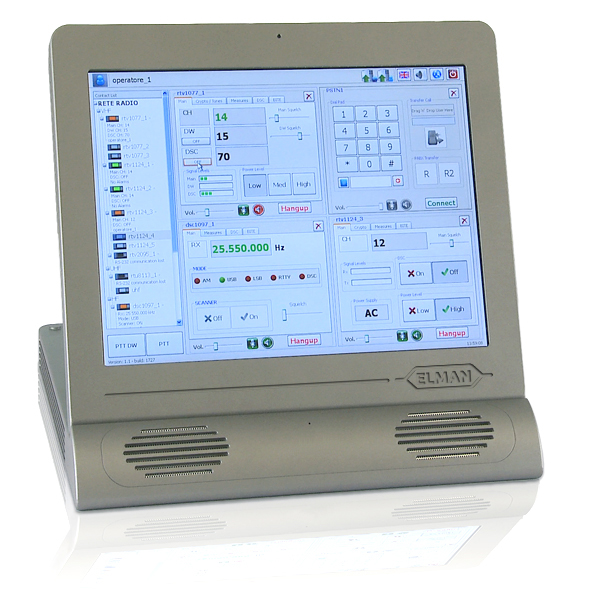THE SOLUTION IS OUR HANDS

COMMUNICATION EQUIPMENT
The Global Maritime Distress And Safety System (GMDSS) is used for rescue, and it is essential for the safety of life at sea. It has been embraced by the government at the international convention SOLAS '74 (SAFETY OF LIFE AT SEA) and it was developed to guarantee a greater efficiency in carrying out rescue operations, taking in consideration new technologies such as Digital Selective Call (DSC), Narrow Band Data Print (NBDP) and the use of geostationary/polar satellites.
The system was developed to give to the vessel in need of assistance the ability to send distress signals to the control centers and to other vessels. The primary objective of the system is to notify coastal authorities and send the request for immediate assistance. The MRCC (Maritime Rescue Coordination Center) coordinates the operations of rescue while other ships in the surrounding area are obliged to give assistance.
This operative ability was obtained respecting several functional requirements that were considered essential to guarantee safety at sea; All these functional requirements are satisfied by a combination of the following radio-communication services/systems:
- INMARSAT system using geostationary satellites.
- COSPAS-SARSAT system using satellites in polar orbit.
- Maritime radio service in VHF band (156-174 MHz).
- Maritime radio service in MF band (1.6-4.0 MHz).
- Maritime radio service in HF band (4-27.5 MHz).
VHF FM Marine Coastal Station
RTV-1124 is an all-in-one marine VHF transceiver supporting narrowband FM/PM mode (with channel spacing of 25 kHz or 12,5 kHz) designed to comply with the GMDSSrequirements for safety and general communications. In addition to voice communication, the RTV-1124 includes DSC capability.
RTV-1124 has a form factor that enables installation into a standard 3-unit rack-mountable module named THU-1124. Each THU-1124 can contain up to 4 radios.



